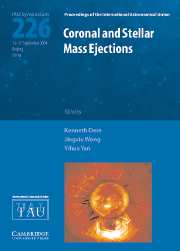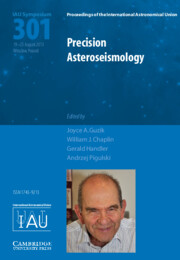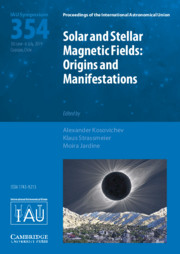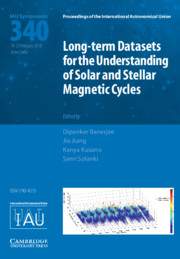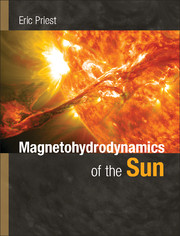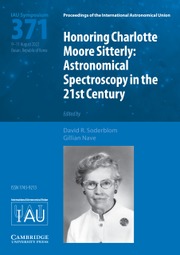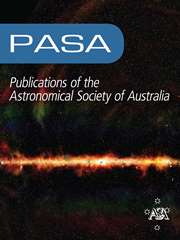Coronal and Stellar Mass Ejections (IAU S226)
The Sun and other stars eject large clouds of plasma and magnetic fields on a continual basis. They are accelerated to high speeds and then become capable of producing highly energetic charged particles and disrupting the magnetospheres of planets such as the Earth. This proceeding reflects recent attempts to understand these processes as well as how the magnetic evolution at the base of the corona can cause these events, and how stars are capable of rapidly releasing energy in the form of mass ejections. With contributions by leading scientists, it is a valuable resource for professional astronomers and their graduate students.
Product details
July 2005Hardback
9780521851978
536 pages
253 × 181 × 34 mm
1.21kg
266 b/w illus.
Temporarily unavailable - available from TBC
Table of Contents
- 1. Historical introduction
- 2. Observation of CMES
- 3. CME source regions
- 4. Theoretical models of CMEs
- 5. Comparisons of CME models and observations
- 6. CMES and energetic particles
- 7. ICMEs in the heliosphere
- 8. CMES and geomagnetic storms
- 9. Stellar ejections.

